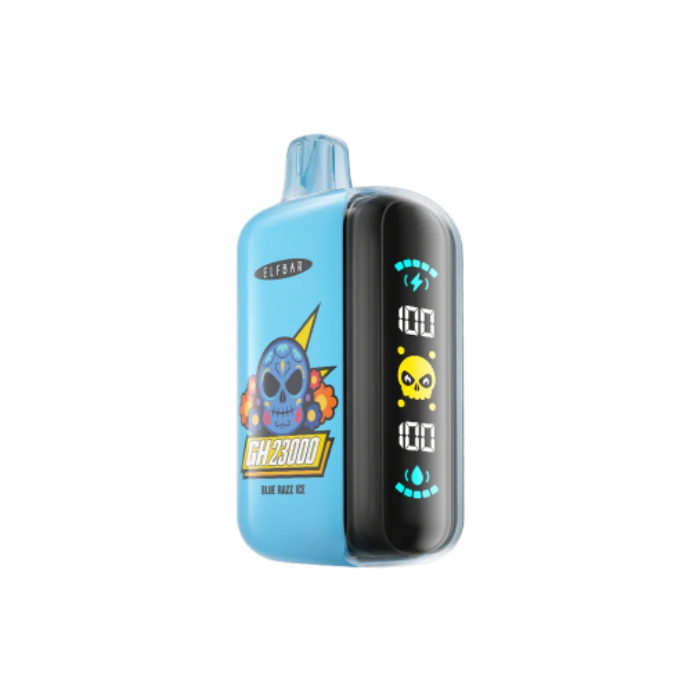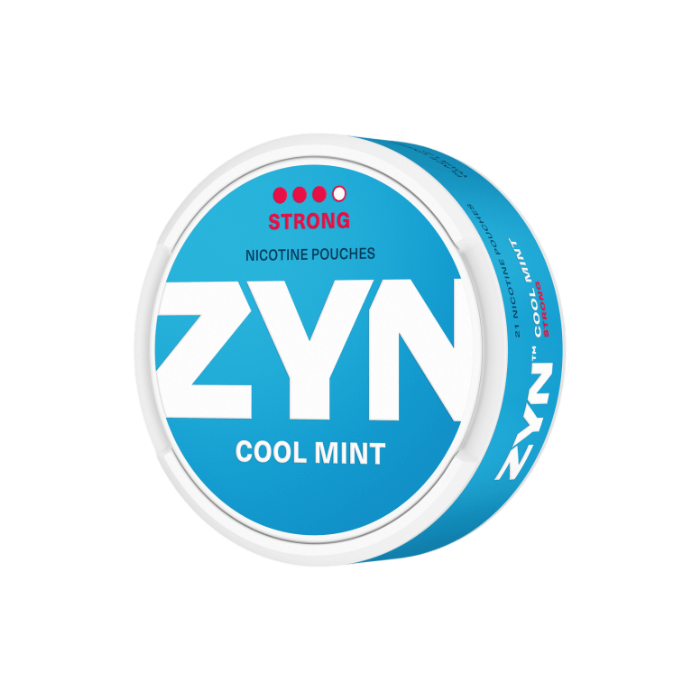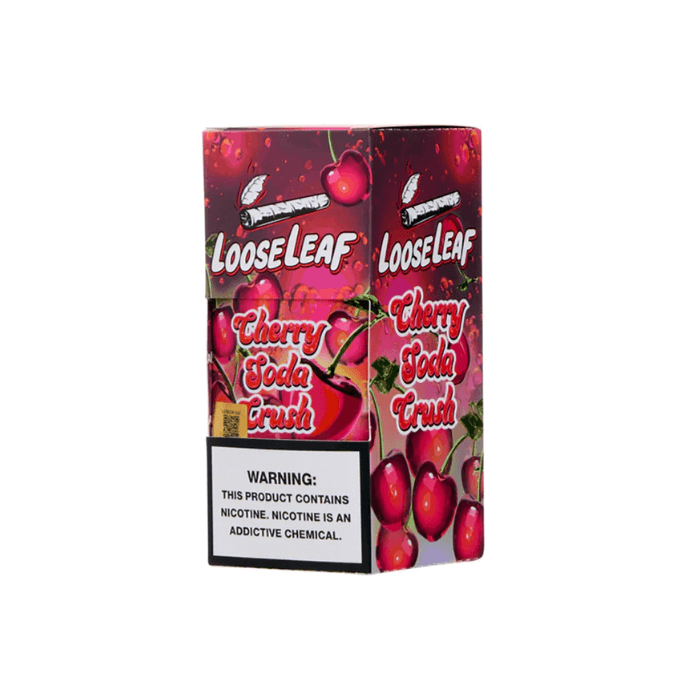Cigarettes, Guides
How Do Cigarettes Work?
Alright, so let’s say you’re standing outside, cigarette in hand, about to light up. Ever stopped and thought, “What kind of tiny combustion-powered magic trick am I holding here?” Because, make no mistake, that little cylinder isn’t just some dried-up leaves wrapped in paper. It’s a carefully designed, chemically enhanced, smoke-producing device that operates with precision—like a tiny, fiery factory that fits between your fingers. And when you inhale? That’s when the real show begins.
It’s a process so intricate that it’s equal parts science experiment and guilty pleasure. Fire meets tobacco, the combustion reaction kicks in, and thousands of chemical compounds spring to life in the smoke, delivering that all-too-familiar nicotine hit. But before we get too ahead of ourselves, let’s take a step back and really break this down.
What is Smoking?
Smoking isn’t just puffing out a little cloud of nostalgia or stress relief—it’s a process. When a cigarette burns, it releases a cocktail of chemicals into the air, and more importantly, into your lungs. Nicotine, the star of the show, is the reason cigarettes have that undeniable pull. It’s a stimulant, meaning it kicks your brain into gear, making you feel more alert, focused, and, let’s be honest, a little more at ease.
But it’s not just about nicotine. The smoke itself is a delivery system, carrying a mix of gases and particles deep into the lungs, where they’re absorbed into the bloodstream. And from there? That stuff moves fast. Within seconds, nicotine reaches the brain, triggering a dopamine release—the same kind of chemical reaction associated with things like eating, laughing, or, oddly enough, winning an argument on the internet.
Here’s where things take a turn. Cigarette smoke doesn’t just contain nicotine. It’s packed with poisonous gases like carbon monoxide, hydrogen cyanide, and ammonia—none of which sound like things a person should willingly breathe in, yet here we are. These gases don’t just vanish after you exhale. They coat your lungs, sneak into your bloodstream, and, over time, start rewriting the rulebook on how your body functions.
Long-term exposure to these chemicals leads to some pretty grim consequences. Lung diseases like emphysema and chronic obstructive pulmonary disease (COPD) are common outcomes, making every breath feel like you’re trying to suck air through a coffee stirrer. And if that wasn’t enough, cigarette smoke also weakens the immune system, making smokers more susceptible to respiratory infections. The body’s natural defense mechanisms struggle to fight off colds, flu, and more serious illnesses.
Effects of smoking
And let’s talk about how smoking affects the entire body beyond just the lungs. Over time, it messes with circulation, blood pressure, and even how oxygen is carried to vital organs. The body adapts, sure, but not in a good way. It compensates for all the damage by working overtime, and eventually, it just gets tired. That’s why long-term smokers often find themselves dealing with everything from heart disease to chronic fatigue.
Of course, tobacco companies don’t exactly highlight these effects in their marketing. For decades, they pushed smoking as sophisticated, rebellious, even downright glamorous. They didn’t mention how smoking harms nearly every organ in the body or how quitting isn’t as simple as just deciding to stop.
Because here’s the real kicker—nicotine is addictive, and breaking free from it isn’t a walk in the park. When people try to quit smoking, the body doesn’t just wave goodbye and move on. It fights back. That’s where withdrawal symptoms come in. The cravings, the irritability, the headaches, the feeling like you’re crawling out of your own skin—all signs that your brain is missing the constant nicotine supply it’s grown used to.
Some people try smokeless tobacco products as an alternative, thinking they’ll dodge the worst effects. And while they might avoid some of the harsher chemicals found in cigarette smoke, they’re still dealing with nicotine, which means the addiction sticks around. Others turn to patches or gums, easing off nicotine in a way that doesn’t involve inhaling a poisonous gas cocktail.
Smoking has been around for centuries, from ancient rituals to back-alley poker games, to that one uncle who always seems to have a cigarette in hand at family barbecues. But despite all the cultural weight it carries, the core mechanism hasn’t changed. Light it up, breathe it in, let the chemicals do their thing. Simple in action, complex in effect.
What’s in a Cigarette?
Now, if cigarettes were just a roll of dried tobacco leaves, this would be a much shorter conversation. But modern cigarette smoking is a product of refinement—an engineered experience designed for consistency, burn control, and maximum nicotine absorption. A cigarette isn’t just smoking tobacco wrapped in paper; it’s a chemically fine-tuned machine, meticulously crafted to keep you coming back for more.
Tobacco itself is the base, obviously. But then you’ve got additives—things like humectants to keep the tobacco from drying out, sugars to adjust the burn, and ammonia compounds that increase nicotine absorption (which, in corporate-speak, is called “enhancing bioavailability,” but let’s be real, it’s just making sure the buzz hits faster). These modifications make cigarette smoking smoother, ensuring that each drag is predictable. Native cigarettes are a prime example of this kind of quality.
Cigarette components
Now, let’s talk about what’s actually swirling around in that tobacco smoke. Because while the nicotine gets all the attention, it’s just one of thousands of compounds released from burning tobacco. Some of these chemicals are harmless, but a lot of them aren’t exactly things you’d want in your lungs. Carbon monoxide, for example, is a regular guest at the cigarette party, slipping into your bloodstream and replacing oxygen. That’s right—each inhale brings in a dose of the same stuff found in car exhaust. And yet, people keep lighting up.
The list doesn’t stop there. Cigarette smoke also contains formaldehyde, benzene, and a collection of other toxic chemicals—many of which are known to contribute to serious health issues. Ever heard of lung cancer? Yeah, a good chunk of cases can be traced back to years of inhaling this chemical cocktail. It’s one of the reasons so many campaigns push for people to quit smoking, though as any smoker knows, that’s much easier said than done.
Alternatives
Some folks turn to alternatives like nicotine replacement therapy in an attempt to curb the cravings. The idea is simple: replace the nicotine without all the other harmful substances found in tobacco smoke. Patches, gums, lozenges—they all exist to help people quit smoking without going cold turkey. But for those who aren’t quite ready to give up cigarettes, the habit continues, with every puff drawing in a mix of tar, carbon monoxide, and a long list of unpronounceable compounds.
Of course, cigarettes aren’t the only way people consume tobacco. There’s chewing tobacco, which skips the smoke but still delivers a hefty nicotine hit. Then there are cigars, pipe tobacco, and newer alternatives like nicotine pouches and vapes, each with their own take on tobacco consumption. But no matter the form, the fundamental principle remains the same—tobacco use is about delivering nicotine, and cigarettes do it in the most efficient, time-tested way possible.
And here’s the part most people don’t think about: cigarette smoke doesn’t just affect the person smoking. Secondhand smoke drifts into the air, exposing anyone nearby to those same toxic chemicals. It’s why certain health risks, like sudden infant death syndrome, are linked to households where smoking indoors is common. The consequences of burning tobacco go beyond the smoker, lingering in the air, on clothes, and even on furniture.
Despite all this, cigarettes remain a staple in society. The blend of design, chemistry, and habit keeps smokers coming back, inhaling a finely tuned mixture of burning tobacco and additives. Every puff is a micro-experiment in combustion, releasing a signature cloud of tobacco smoke, wrapping the smoker in that familiar haze. And for those who can’t imagine life without it, the cycle continues—cigarette in hand, lighter at the ready, the ritual as ingrained as ever.
Anatomy of a Cigarette
From a distance, a cigarette seems pretty simple. Paper, filter, tobacco. But up close, each part has a job.
The filter, despite what some believe, doesn’t “trap” everything bad in the smoke. It does reduce some of the harsher particles, making the inhale smoother, but a large portion of the compounds still make it through. Some filters even have tiny ventilation holes that adjust the airflow, altering how much smoke is pulled in.
The paper is specially designed to control the burn rate. Ever noticed how some cigarettes stay lit longer while others burn down in minutes? That’s not an accident. The paper, combined with burn rings (thin bands that slow down combustion), determines how quickly the cigarette smolders between puffs.
Then there’s the tobacco itself, a blend of different leaf types, often processed and cut in a way that ensures even burning and a consistent nicotine release. Depending on the brand, this blend can vary wildly, but the overall goal remains the same: keep the smoker coming back for more.
How Do Cigarettes Work Exactly?
So, let’s get into the mechanics. The moment you light up, the heat from the flame kickstarts the process of combustion. The tobacco burns, releasing smoke filled with a mix of nicotine and other chemicals. As you inhale, that smoke travels down into your lungs, where the nicotine is quickly absorbed into your bloodstream.
Nicotine’s ability to move fast is what makes cigarettes so effective. In less than ten seconds, it reaches the brain, binding to receptors and triggering a dopamine response. That’s the moment of satisfaction, the reason smokers feel that familiar sense of calm or focus. It’s the same neurochemical response tied to rewards—food, social interaction, even video games.
As you continue smoking, nicotine levels build up in the bloodstream, sustaining the effects. But like any stimulant, the body adapts. Over time, smokers often find themselves needing more frequent cigarettes to achieve the same buzz. It’s a cycle built into the experience—one that the industry has fine-tuned over decades.
At the same time, the act of smoking itself becomes ritualistic. The hand-to-mouth motion, the inhale-exhale rhythm, even the sight of smoke curling into the air—these sensory cues reinforce the habit. It’s a full-package experience, and that’s why it’s so deeply ingrained for those who smoke regularly.
Frequently Asked Questions
What is a cigarette and how does it work?
On the surface, it’s just shredded tobacco rolled up with a filter, but it’s engineered for efficiency. Once lit, the burning tobacco releases tobacco smoke, carrying nicotine and thousands of other chemicals into the lungs. Nicotine acts fast and within seconds, it reaches the brain, triggering a dopamine release that keeps smokers coming back for more.
Why do cigarettes burn so fast?
Cigarettes are designed to burn at a steady, reliable pace, and that’s no accident. The tobacco inside is finely cut and treated with burning agents to keep the flame alive. This means you don’t have to keep relighting it, and each drag delivers a predictable dose of nicotine.
How do cigarettes make smoke?
When a cigarette burns, it undergoes a process called pyrolysis, where high heat breaks down the tobacco leaves and releases gases and particulates. The result? That signature tobacco smoke cloud, thick with carbon monoxide, tar, and a list of toxic chemicals that would make a chemist cringe.
Summary
So, now you know. Cigarettes aren’t just dried leaves in paper—they’re engineered nicotine-delivery systems, designed for a fast, efficient hit with every puff. From combustion to chemical absorption, every part of a cigarette plays a role in making the experience smooth, satisfying, and, for many, impossible to quit.
But here’s the real takeaway: if you’re going to smoke, do it right. That means quality over convenience. No one wants to waste money on stale cigarettes or knockoff nicotine pouches that taste like cardboard. And that’s where we come in. At NativeSmokes4Less, we’ve got the real deal— cigarettes, cigars, nicotine pouches, and vapes, all at the best prices. No fakes, no nonsense, just the good stuff.
So next time you’re stocking up, skip the sketchy gas station counter and check us out. Because when it comes to smoking, knowing how cigarettes work is one thing—making sure you’re getting the best ones is another.
















































































